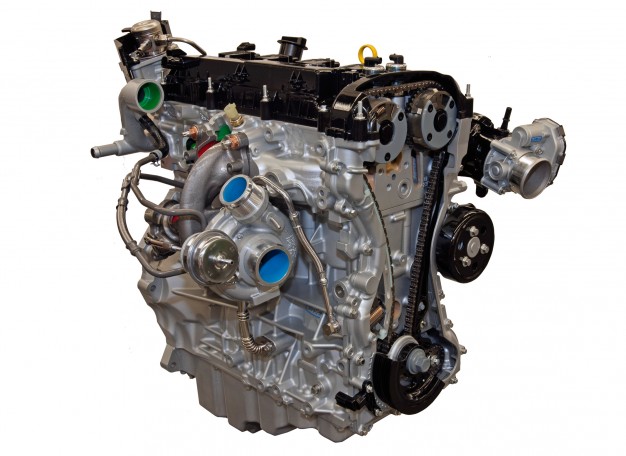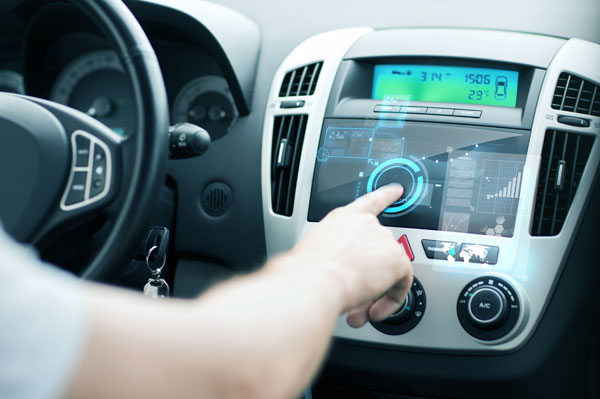At AET Turbos, we’re often asked to explain the difference between turbochargers and superchargers.
Whilst we briefly covered the topic in last month’s Turbocharger FAQ, this post aims to explain the differences in more detail, covering the mechanics, along with the major pros and cons of each technology.
Two sides of the same coin
The first thing to explain is that both turbochargers and superchargers have the same goal – to push more air into an engine. This is because in engine terms (put very simply) more air/fuel mix in each cylinder = more power.
Both turbochargers and superchargers are types of forced induction devices that work by compressing the air flowing into an engine. This enables the engine to push more air (and proportionally more fuel) into each cylinder than would be possible under normal atmospheric pressure.
In turn, this means that each explosion in each cylinder generates more power, meaning that a turbocharged or supercharged engine generates more power than a naturally aspirated one of the same size.
Mechanics – the power source
The key difference between the two technologies is that a supercharger is powered mechanically, via a belt that connects directly to the engine or a chain drive from the crankshaft.
A turbocharger is powered by the kinetic energy held in the exhaust gases produced by an engine. These run through a turbine, which provides power for the air compressor.
Benefits of Turbocharging – energy efficiency
As turbochargers work by utilising energy from the exhaust gasses that would usually be wasted, they are intrinsically more energy-efficient than superchargers, which draw their energy from the engine itself.
An engine needs to use additional fuel to provide the power to drive a supercharger, and whilst this is somewhat offset by the increase in power, it will never be as efficient as turbocharging.
This is making turbochargers increasingly popular with mainstream car manufacturers that want to get both additional power and fuel efficiency from smaller engines as fuel prices increase and emission regulations are tightened.
Benefits of Supercharging – responsiveness
Superchargers begin working as soon as the engine does, which provides an almost instant boost to engine power, even at lower rpms.
With turbochargers, there needs to be enough kinetic energy in the exhaust gasses to spin the turbine and to provide power to the air compressor (this is known as the boost threshold). Even when this rpm threshold is reached, it takes time for the turbine to power the compressor, which means there is also a delay before the engine receives a boost of power. This is known as ‘turbo-lag’.
Traditionally, the improved throttle response, and ‘instant boost’ afforded by an absence of turbo lag was one of the big advantages of fitting a supercharger to a car engine.
However, modern advances in turbocharging technology has significantly reduced lag, and today, turbochargers can be made with much lower boost thresholds (so they begin working at a much lower rpm), which has significantly improved responsiveness.
The final verdict
So which is ‘better’ – turbocharging of course!
Although we might be a little biased, it looks like the majority of modern car manufacturers agree with us.
Over the past 10 years, as improving fuel-efficiency and reducing engine emissions have become more and more important, the turbocharger’s ability to utilise energy that would usually be wasted has made the technology more and more popular.
Whilst automotive supercharging still has a big part to play in racing, where instant throttle response is more important than efficiency, for the rest of us, turbocharging is the way to go.
For further information on turbocharging technology or equipment for any application, get in touch with our team of experts today on 01924894171, or email [email protected].



